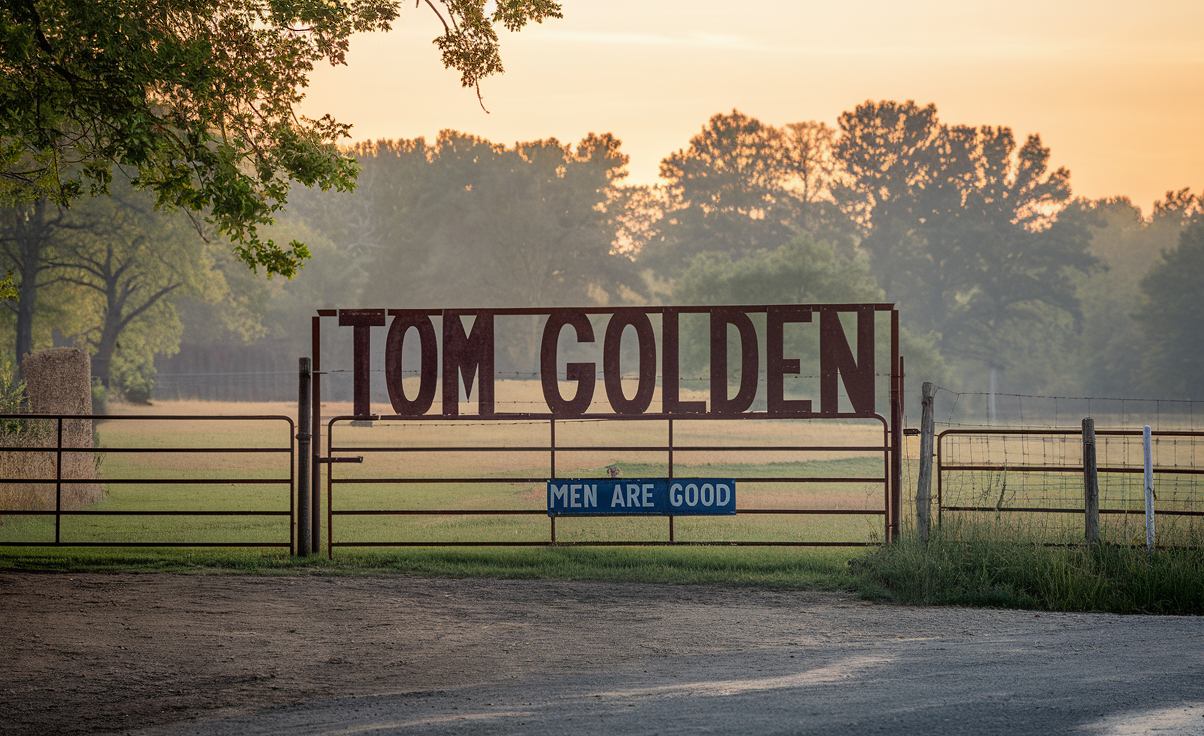

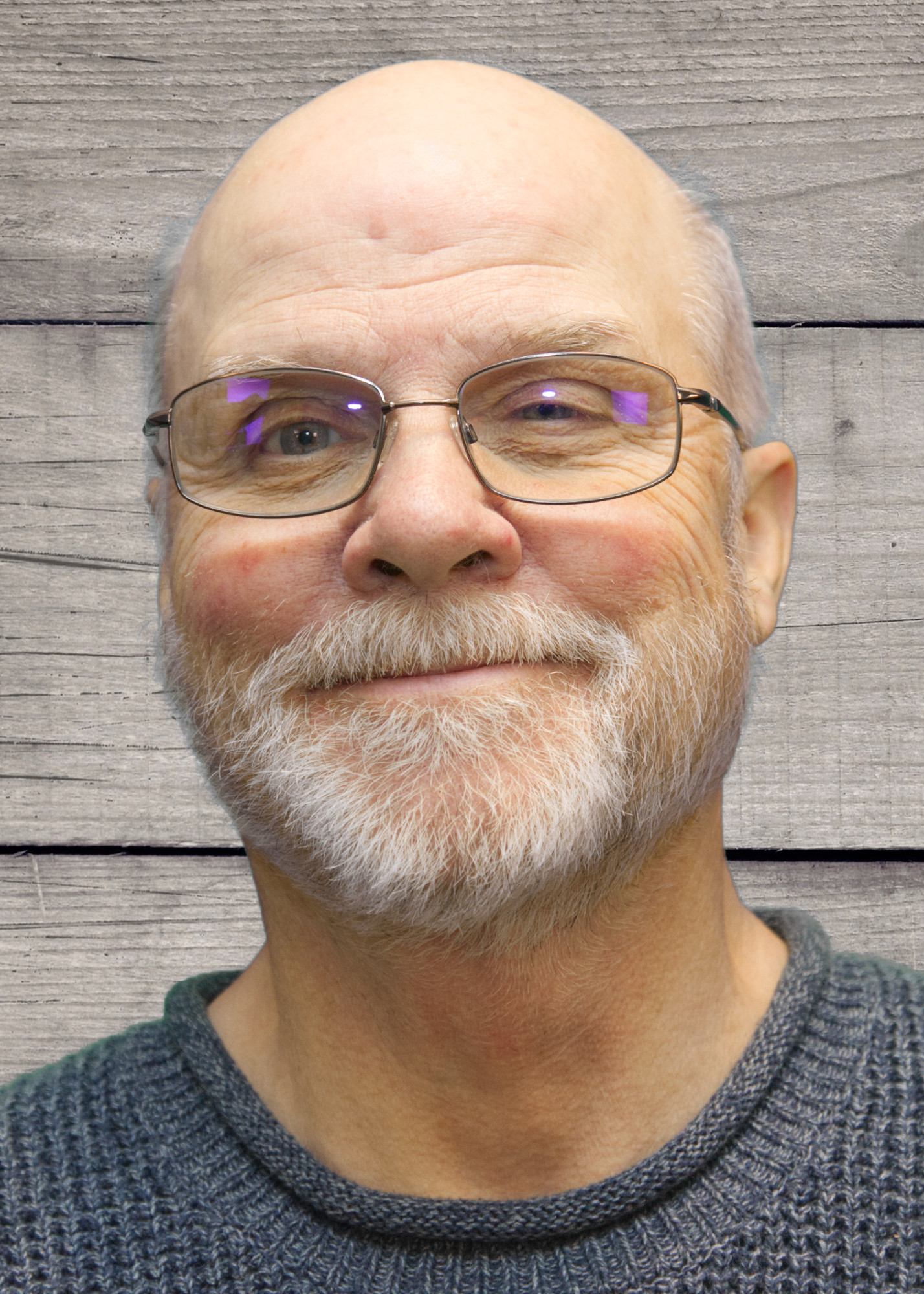
Tom Golden, LCSW, is a therapist with over 40 years of experience helping individuals navigate grief, trauma, and life challenges. Internationally recognized, he was named the “1999 International Grief Educator” and has led workshops in the US, Australia, Europe, and Read More

With over 40 years of experience helping men and women navigate grief and trauma, Tom Golden, LCSW, offers personalized online consultations designed to foster healing and growth. Recognized internationally for his groundbreaking work on the unique ways men process loss, Tom provides a compassionate, understanding approach tailored to your needs. Learn More
Contact Tom
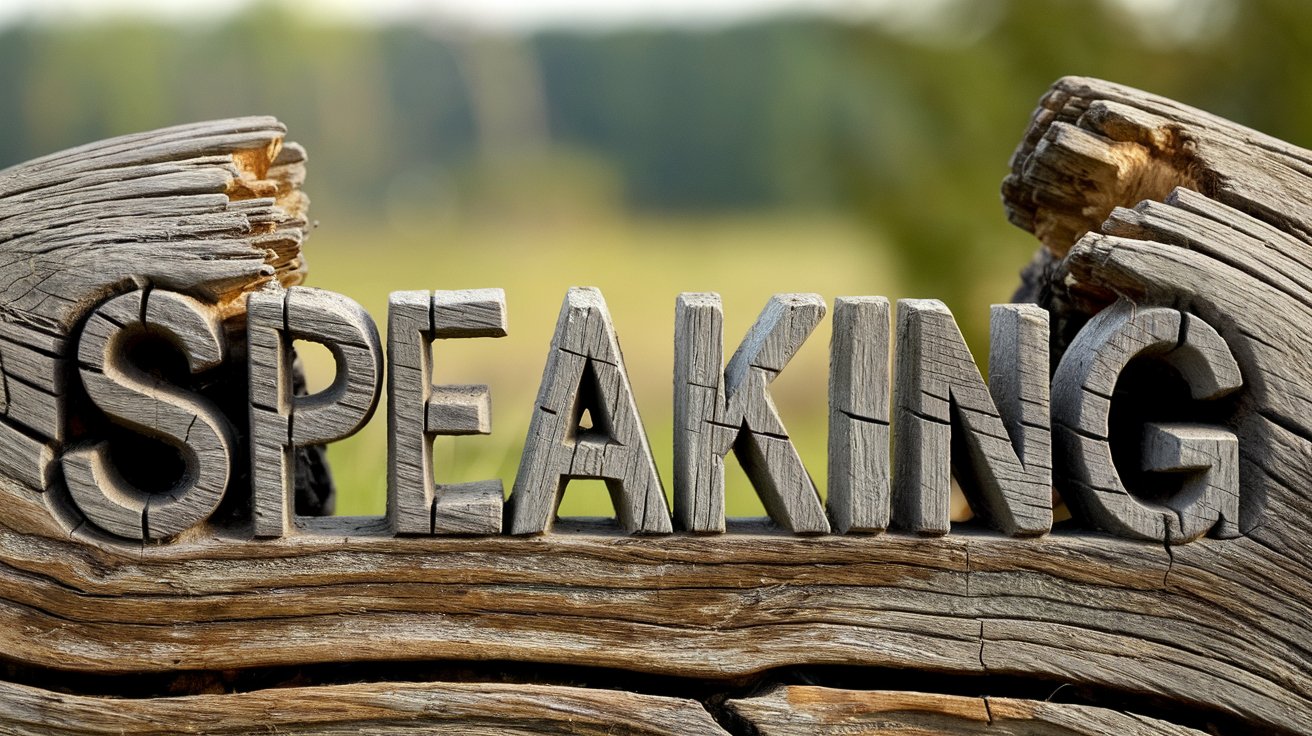
Transform your understanding of grief and trauma with Tom Golden, LCSW, an internationally recognized therapist, educator, and author with over 40 years of experience. Tom’s workshops explore the profound differences in how men and women process trauma and loss, offering practical insights and strategies for healing.Learn More
Contact Tom
Swallowed by a Snake
Swallowed by a Snake: The Gift of the Masculine Side of Healing offers a profound exploration of how men uniquely process grief and loss. Blending storytelling, cultural insights, and practical guidance, this book empowers readers to honor and support masculine paths to healing. Perfect for anyone seeking to understand or navigate grief with depth and compassion. Endorsed by Elisabeth Kübler-Ross, Robert Bly and others.
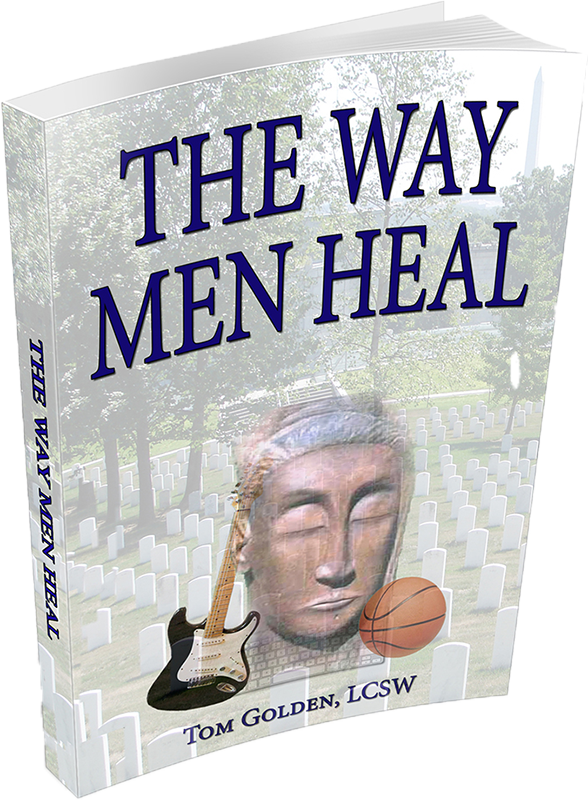
The Way Men Heal
Discover the groundbreaking insights in The Way Men Heal by Tom Golden, a must-read for anyone seeking to understand the unique and often overlooked ways men process and recover from loss. Building on the acclaim of his first book—praised by luminaries like Elisabeth Kübler-Ross, Robert Bly, and Hope Edelman—Golden unveils a powerful, research-backed exploration of men’s emotional healing.ragraph
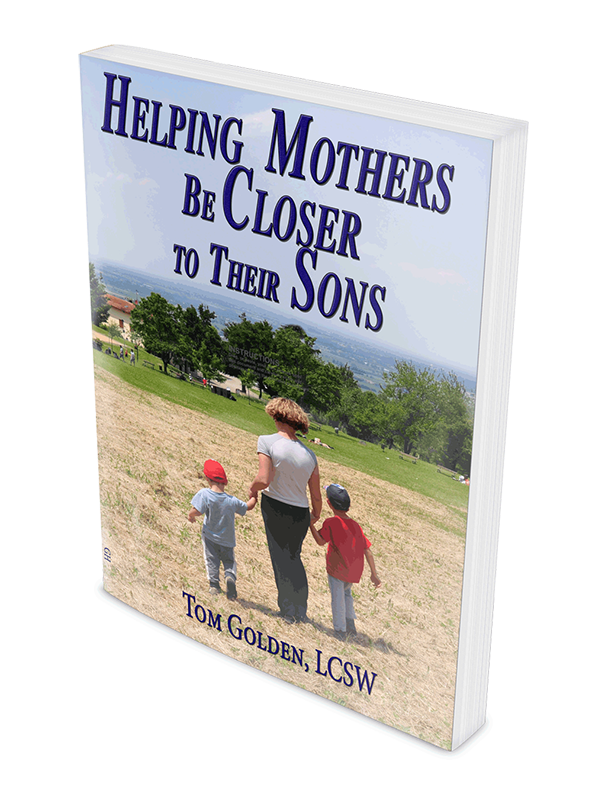
Helping Mothers Be Closer To Their Sons
Helping Mothers Be Closer to Their Sons offers invaluable insights into fostering deep, meaningful connections between mothers and their boys. Through heartfelt stories and practical advice, this book explores how to nurture trust, communication, and emotional understanding. A must-read for mothers seeking to strengthen their bond and empower their sons to thrive emotionally and socially.